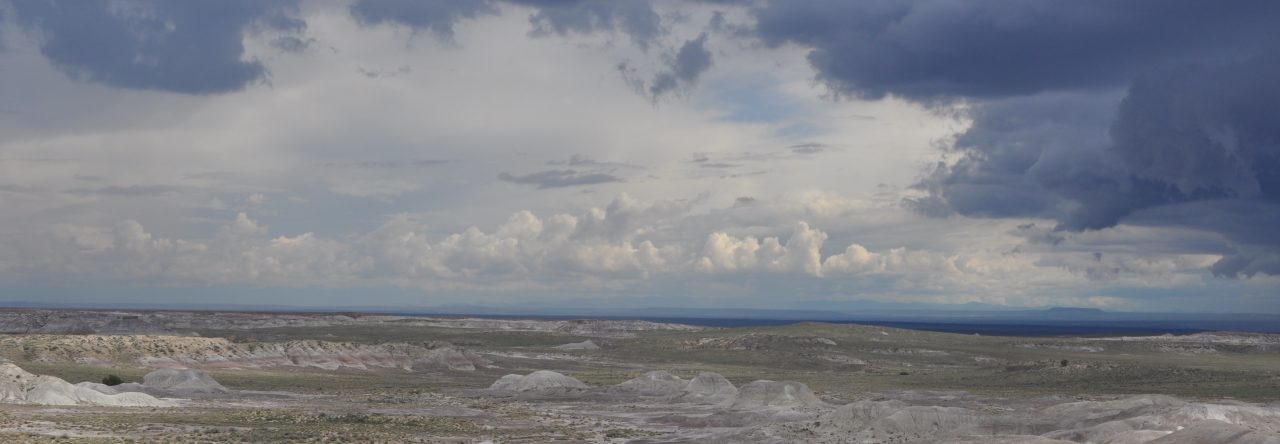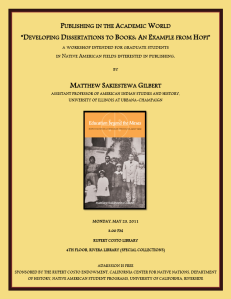University of Illinois — Assistant, Associate, or Full Professor of American Indian Studies
The American Indian Studies Program at the University of Illinois, Urbana-Champaign (http://www.ais.illinois.edu) invites applications for an assistant, associate, or full professor position (full time tenure-track or tenured position).
American Indian Studies is searching for a scholar in interdisciplinary American Indian or Indigenous Studies with an emphasis on Native peoples from regions of North America where our campus is located, including the Lower Great Lakes, the Upper Mississippi, and the Mississippi cultural regions. The successful candidate will have a record of research excellence and publication in American Indian or Indigenous studies (tenured) or demonstrate potential to develop such a record (tenure-track). Along with research and publication, the position requires significant contributions to undergraduate teaching, graduate mentoring, in addition to program, university, and other forms of professional service. Current faculty in our unit conduct interdisciplinary research in a range of fields including comparative indigenous studies, media studies, expressive culture, intellectual history, literary history, educational history, sports, social and political theory, language revitalization, museum studies, governance, health, militarization, and performance. Candidates from all disciplinary backgrounds will be considered; however, the search committee is interested in candidates who complement the expertise of our current faculty, and we are particularly interested in candidates whose research focuses on design and fine arts, linguistics, language revitalization, environmental studies, landscape architecture, critical geographies, and disability studies. A joint appointment or teaching arrangement with another academic unit on campus is also likely.
Minimum qualifications include the PhD or equivalent by the start of appointment, clear knowledge and experience in American Indian and Indigenous Studies, scholarly achievement and promise, and evidence of teaching excellence. Experience working with American Indian or other Indigenous communities is a plus.
To ensure full consideration, create your candidate profile through http://go.illinois.edu/AISfaculty13 and submit your letter of application detailing current research plans, curriculum vitae, and contact information for three professional references by December 15, 2013. The search committee may contact the applicant about soliciting letters of reference at a later point, after a first review of the files. For inquiries regarding the position, contact search committee chair, Jodi Byrd (jabyrd@illinois.edu). Target start date of August 16, 2014. Salary is competitive and commensurate with experience.
Illinois is an Affirmative Action/Equal Opportunity Employer and welcomes individuals with diverse backgrounds, experiences, and ideas who embrace and value diversity and inclusivity. (www.inclusiveillinois.illinois.edu)







